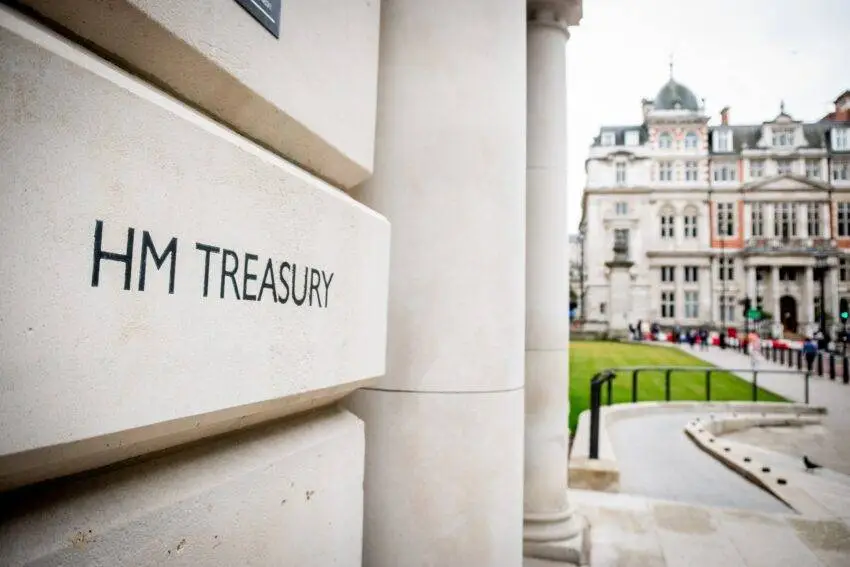Government borrowing in the UK surged to £15bn in May, the highest level since the Covid crisis. This significant figure, however, remained lower than the Office for Budget Responsibility’s forecast.
The rise in borrowing reflects ongoing economic challenges, including higher interest rates and taxation issues. With a general election on the horizon, the next government will face tough decisions on managing debt and public spending.
Pandora’s Box of Fiscal Challenges
Michal Stelmach, senior economist at KPMG UK, warned of impending fiscal challenges for the next Chancellor. He stated, “Government borrowing holds steady but the fiscal Pandora’s box awaits the next chancellor. Interest rates are set to remain higher, debt more difficult to bring down, and spending pressures continue to mount.”
High levels of government debt, which stand at 99.8% of the UK’s gross domestic product (GDP), make it harder to manage future crises. Simon Wells, chief European economist at HSBC, noted these levels are the highest since the 1960s.
Impact of High Interest Rates
The Bank of England’s strategy to curb inflation by raising interest rates has made government debt more expensive. In May, interest payable on central government debt reached £8bn, one of the highest amounts on record.
Wells highlighted that such substantial debt levels make public finances vulnerable, increasing repayment costs and reducing the flexibility to handle unforeseen events.
Taxation: A Contentious Election Issue
Taxation is expected to be a pivotal issue in the upcoming general election. The Conservatives, Labour, and Liberal Democrats have all pledged not to raise income tax, VAT, and National Insurance rates.
Reductions in National Insurance contributions have reduced government revenue. In May, the government received £900m less from National Insurance compared to the same month last year.
Meanwhile, overall tax receipts increased by £1bn due to higher revenues from income, corporation, and value-added taxes.
Effect of Fiscal Drag
The government’s freeze on tax thresholds, implemented in 2021, has led to what economists term ‘fiscal drag.’
Fiscal drag essentially means that more people are pulled into higher tax bands, effectively increasing tax rates.
This policy was a response to Covid, aimed at stabilizing the economy, but it also contributes to the rise in overall tax receipts.
Retail Sales Rebound
Separate figures indicate that retail sales rebounded in May after a decline in April caused by poor weather conditions.
Sales volumes rose by 2.9% in May, following a 1.8% drop in April. Sales value also increased by 3.2%.
Danni Hewson, head of financial analysis at AJ Bell, remarked, “A bit of sunshine in May lifted temperatures and spirits, translating into a bump in sales, especially for clothing and furniture retailers.”
Consumers’ Confidence and Spending
Jacqui Baker, head of retail at auditors RSM UK, noted that consumers stocked up on clothing in anticipation of summer holidays and rumours of a UK heatwave.
However, she added, “Confidence to spend on big-ticket items remains low.”
Outlook for Public Finances
Looking ahead, the government faces a challenging landscape. High interest rates, substantial debt, and taxation issues will continue to test fiscal policies.
The outcome of the upcoming general election could significantly influence how these economic challenges are managed.
In conclusion, the surge in government borrowing to £15bn in May underscores the complexity of the UK’s economic landscape. Higher interest rates and substantial debt levels make managing public finances increasingly difficult.
The next government will face critical decisions on taxation, spending, and debt management, all of which will significantly impact the nation’s economic stability. The choices made will shape the UK’s financial future and its ability to navigate forthcoming economic challenges.

